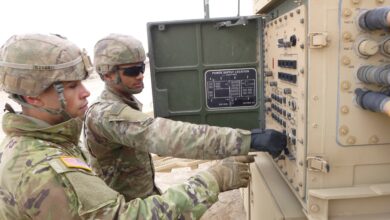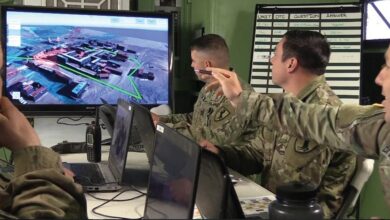DoD Outlines Tenets for Responsible AI Implementation
The US Department of Defense (DoD) has outlined the foundational tenets for the accountable implementation of artificial intelligence (AI).
Deputy Defense Secretary, Kathleen Hicks, reiterated the five ethical principles of AI the DoD released last year, emphasizing the need for “responsible behavior, processes, and outcomes” that reflect the Department’s commitment to these values, “including the protection of privacy and civil liberties.”
She added that a “trusted ecosystem not only enhances our military capabilities, but also builds confidence with end-users, warfighters, and the American public.”

Tenets
In addition to its AI principles, the DoD’s six tenets for Responsible AI (RAI) are:
(1) RAI Governance: AI governance structure and processes across the DoD should be available for oversight and accountability. Moreover, it should “clearly articulate DoD guidelines and policies on RAI and associated incentives to accelerate adoption of RAI within the DoD. “
(2) Warfighter Trust: User confidence in AI is essential. Soldiers should be constantly educated and tested about the technology.
Moreover, “a test and evaluation and verification and validation framework” should be established that “integrates real-time monitoring, algorithm confidence metrics, and user feedback to ensure trusted and trustworthy Al capabilities.”
(3) Al Product and Acquisition Lifecycle: “Develop tools, policies, processes, systems, and guidance to synchronize enterprise RAI implementation for the AI product throughout the acquisition lifecycle through a systems engineering and risk management Approach.”
(4) Requirements Validation: Ensure the inclusion of Responsible AI in appropriate DoD AI capabilities.
(5) Responsible AI Ecosystem: Build a strong “national and global RAI ecosystem to improve the intergovernmental, academic, industry, and stakeholder collaboration.”
(6) Al Workforce: “Build, train, equip, and retain an RAI-ready workforce.”











